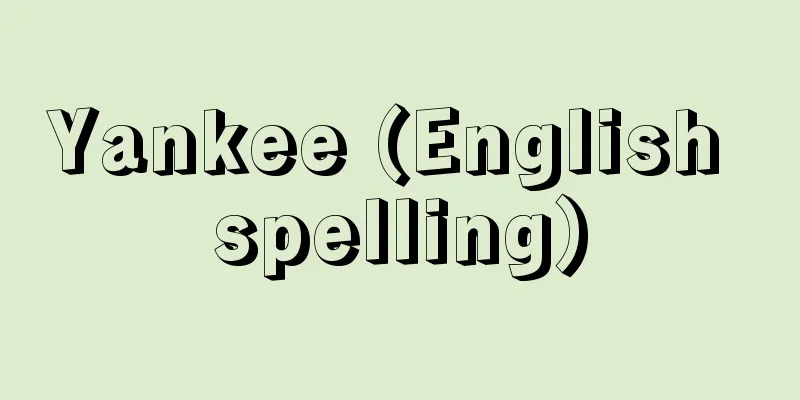Bronze statue - Please

|
In a broad sense, it refers to a bronze statue cast from bronze (an alloy of copper and tin), but it particularly refers to a monumental statue installed outdoors. In Egypt, from around 3000 BC, wooden statues were replaced by bronze statues, and in ancient Greece, from around the 5th century BC, more bronze statues were made than marble statues. However, most of them were melted down in later generations, and few remain except for the "Poseidon" and "Delphic Charioteer" (both from the 5th century BC), which were discovered by chance. In the Roman era, modern-day portrait sculpture became popular, and full-scale commemorative bronze statues such as the "Equestrian Statue of Marcus Aurelius" were made. After the Middle Ages, when idols were rejected, bronze statues were revived in the Renaissance, and the "Equestrian Statue of General Gattamelata" (15th century, Donatello), which was modeled after the "Equestrian Statue of Aurelius," was made, and they became more widespread thereafter. Even in Japan, where many gilt bronze Buddha statues were made, bronze statues in honor of individuals did not develop, and the first such statue was the "Statue of Omura Masujiro" (completed in 1893, Yasukuni Shrine) by Okuma Ujihiro (1856-1934), who studied under Ragusa. After that, many bronze statues of great men and military gods were erected throughout the Meiji and Taisho periods, such as the "Statue of Saigo Takamori" (created by Takamura Koun, 1898, Ueno Park), which was based on a wood carving. However, most of these were donated during World War II, and have rarely been restored since then, and are now being replaced by environmental sculptures. [Mitamura Junsuke September 19, 2018] [References] |Source: Shogakukan Encyclopedia Nipponica About Encyclopedia Nipponica Information | Legend |
|
広義には青銅(銅と錫(すず)の合金)で鋳造したいわゆるブロンズ像のことであるが、とくに屋外に設置される記念碑的な顕彰の像をいう。エジプトでは紀元前3000年ごろから木刻像にかわって、古代ギリシアでも前5世紀ごろから大理石像以上に、多くの青銅像がつくられた。しかし、後代にそのほとんどが鋳つぶされて、偶然発見された『ポセイドン』『デルフォイの御者』(ともに前5世紀)以外には現存するものは少ない。ローマ時代には現世的な肖像彫刻が盛んになり、『マルクス・アウレリウス帝騎馬像』のような本格的記念銅像がつくられた。偶像を排した中世を経て、ルネサンス期に銅像も復活し、『アウレリウス帝騎馬像』に倣った『ガッタメラータ将軍騎馬像』(15世紀、ドナテッロ)などがつくられ、以後広まった。 金銅仏の多くつくられた日本でも、個人の顕彰銅像は発達せず、ラグーザに師事した大熊氏広(1856―1934)の『大村益次郎(おおむらますじろう)像』(1893年完成、靖国(やすくに)神社)が嚆矢(こうし)とされる。以後、木彫原型の『西郷隆盛(さいごうたかもり)像』(高村光雲(たかむらこううん)作、1898年、上野公園)など、明治、大正期を通じて偉人、軍神の銅像が多く建立されたが、第二次世界大戦中にほとんどが供出され、その後復活すること少なく、現在は環境的彫刻にとってかわられつつある。 [三田村畯右 2018年9月19日] [参照項目] |出典 小学館 日本大百科全書(ニッポニカ)日本大百科全書(ニッポニカ)について 情報 | 凡例 |
Recommend
Density of states
In classical mechanical systems, the points in ph...
Fraenkel, G.
...Its physiological importance has been noted du...
People of Quanzhou
A writer of human interest stories from the late ...
Microtia
What is the disease? Auricle ( Next ) It is a con...
Amakasu Incident
On September 16, 1923 (Taisho 12), the military p...
Cup and Ball
...It is said to have originated in China. A simi...
Group instruction - shudanshido
A political term that indicates the collective na...
Karakhan, LM (English spelling) KarakhanLM
…It is a declaration by the government of the Rep...
Semiramis - Semiramis (English spelling)
A legendary queen of Babylon. Born to the Syrian ...
Autogenous grinding
A grinding method in which no or very few iron bal...
Latin - Laterngo
Latin, one of the classical languages of Wester...
Shiranamimono - Shiranamimono
A general term for storytelling, kabuki, and other...
Small business - Reisai Kigyo
This term refers to particularly small-scale smal...
Climate - Fuudo
[1] The climate, soil, topography, etc. of the lan...
Bat flies
A general term for insects belonging to the Strebr...









